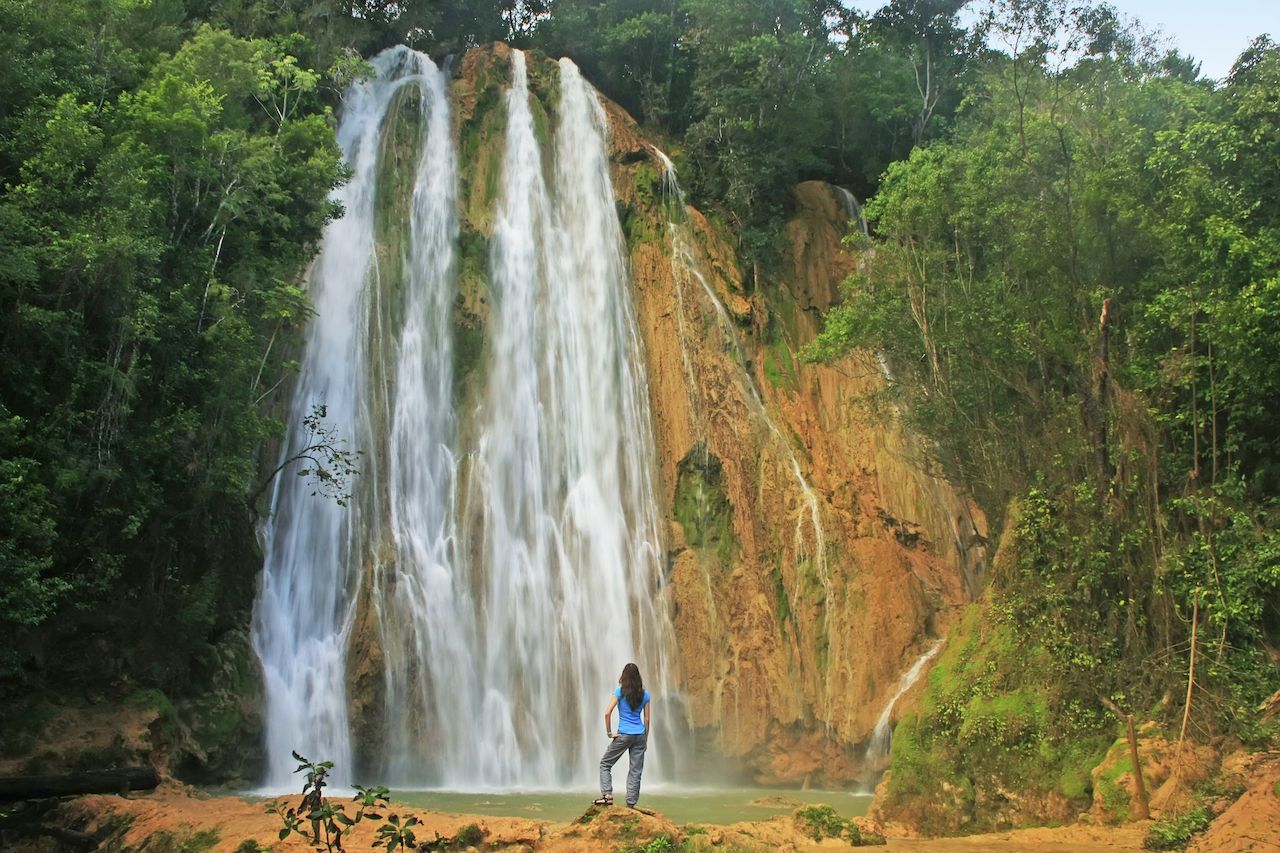In 1980, after graduating from New England College, which at the time had a sister campus in Arundel, England, my mom traveled across Europe, Morocco, and Israel alone.
Born in Germany and raised primarily in Pennsylvania, she was no stranger to international travel. Transatlantic family reunions were common. She’d chosen to pursue her studies abroad, and two years prior to her months-long solo excursion, she’d been questioned at the Muscat airport for traveling independently to visit a college friend from Oman.


